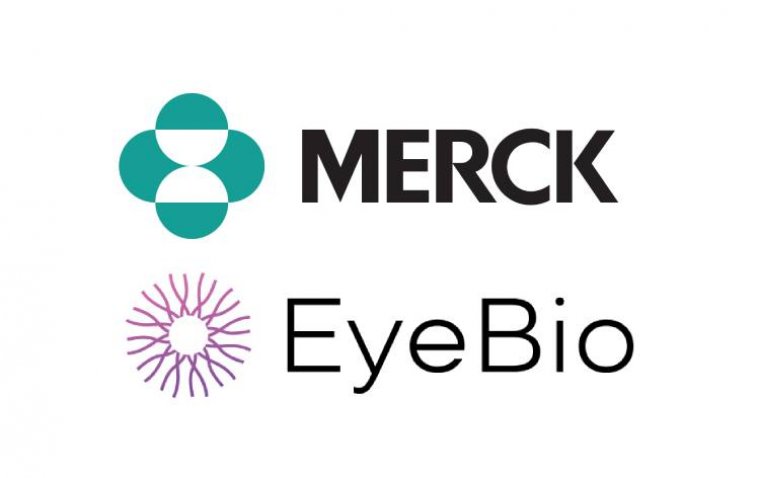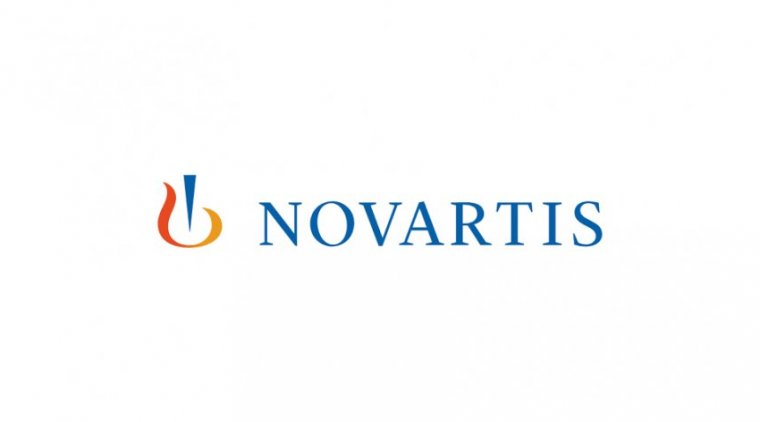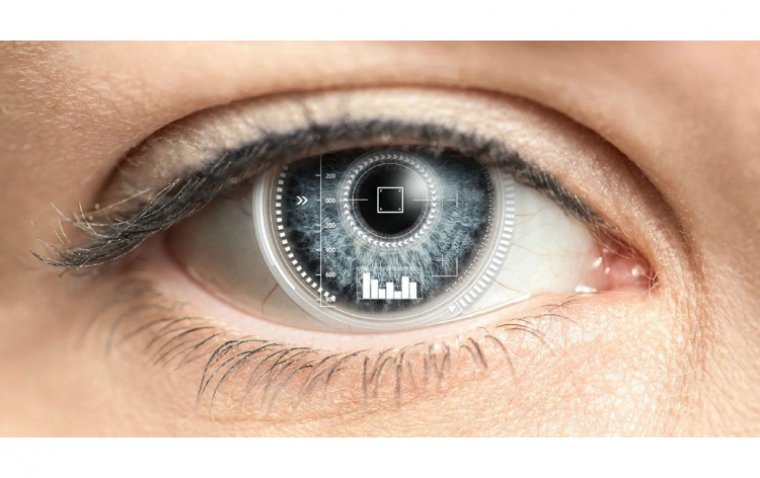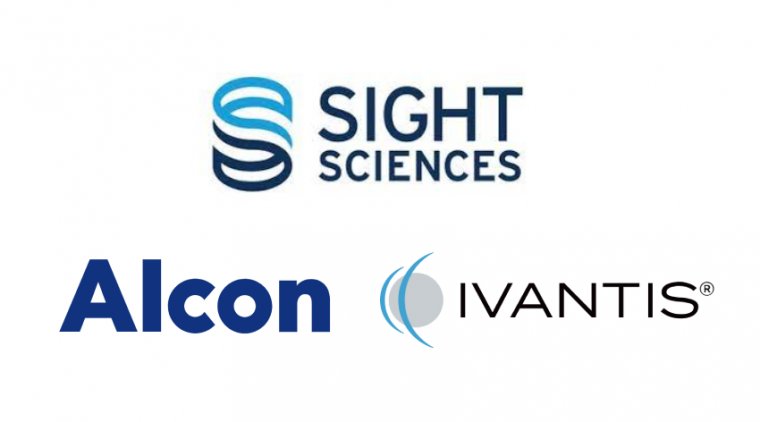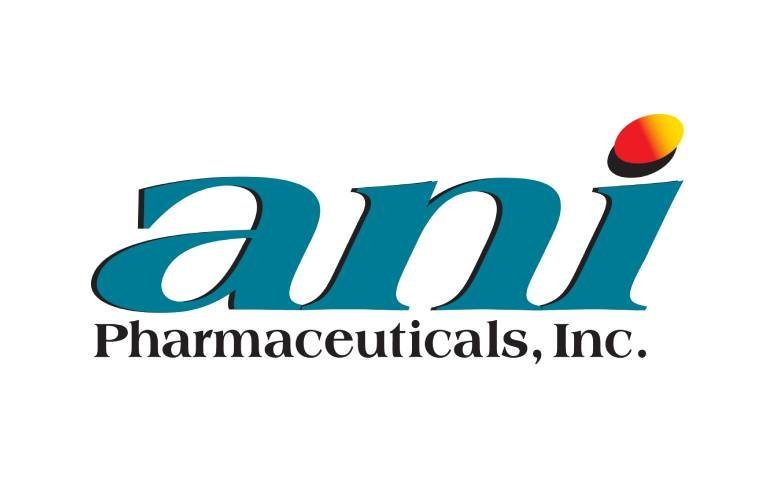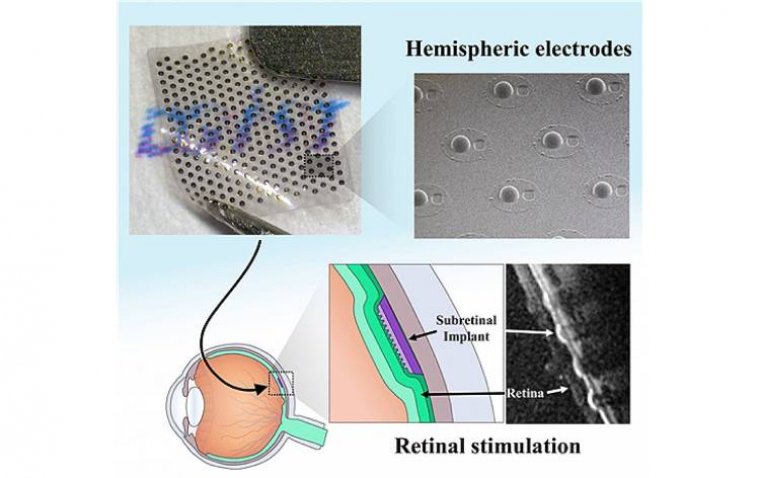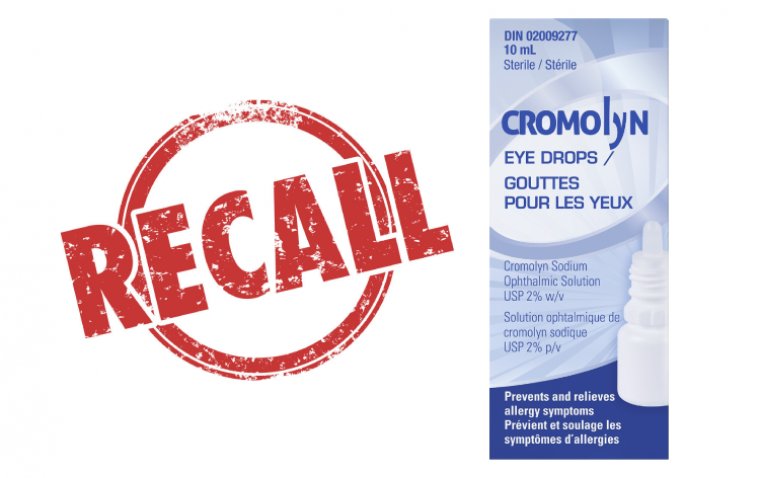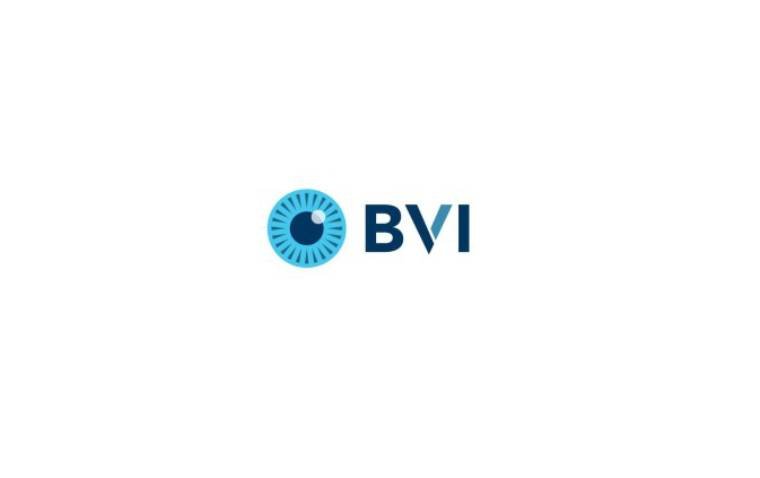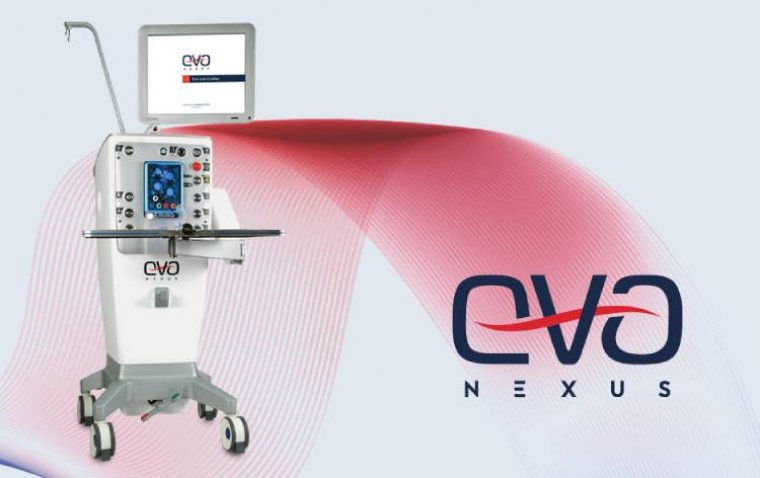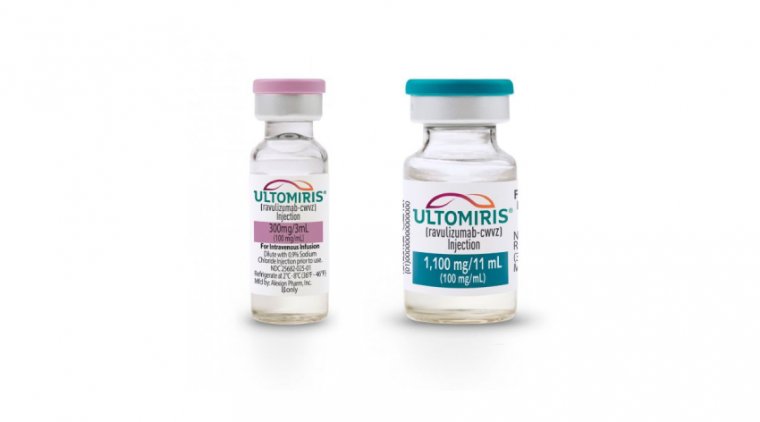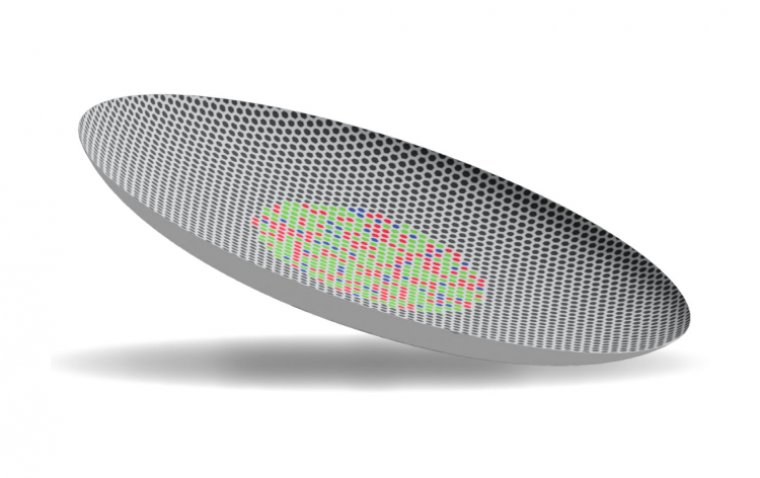
Innovative Printable Retina Tech Promises to Restore Color Vision for AMD Patients
Researchers at the University of Surrey have unveiled a groundbreaking approach to combat sight loss, utilizing tiny solar panels implanted in the eye. This cutting-edge technology, leveraging high-performance organic semiconductors, represents a significant advancement in efforts to restore color vision for individuals suffering from visual impairments.
The Challenge of Age-Related Macular Degeneration (AMD)
Age-related macular degeneration (AMD) is a prevalent eye condition marked by the deterioration of the macula, leading to vision loss among older adults. As the primary cause of blindness and visual impairment in individuals over 50, AMD affects millions globally. The condition is categorized into two types: dry AMD, which occurs due to thinning of the macula, and wet AMD, characterized by abnormal blood vessel growth under the retina. Despite advancements in treatment, managing AMD remains a significant challenge, underscoring the need for innovative solutions like printable retina technology to improve patient outcomes and quality of life.
A Breakthrough in Sight Loss Treatment
How the Printable Retinas Work
Dr. Leslie Askew, a postdoctoral researcher involved in the study, shared insights into the mechanism behind this breakthrough. "Just like solar panels convert light to electricity, our flexible device sits at the back of the eye, converting light to electrical signals carrying color information through the optical nerve. Previously, this has only ever been achieved in black-and-white vision – so to be able to restore color vision is really exciting. We are using thiophene-based materials paired with acceptor molecules to improve the output signal to a point where cells in the middle of the retinal layers can be stimulated successfully," Dr. Askew explained.
The Future of Retinal Disease Treatment
Highlighting the practical aspects of this innovation, Dr. Maxim Shkunov, a Senior Lecturer at the university, emphasized the efficiency and accessibility of the manufacturing process. " One of the most compelling aspects of our research is that we can print these miniature solar panels like you might print paper. Not only is that much cheaper and possibly more accessible- but the array of panels can then be rolled up. They will fit comfortably in the back of the eye, eventually providing a larger field of vision," Dr. Shkunov said.
Advantages of Less Invasive Implantation
The technology's less invasive implantation method promises a quicker and less painful recovery process for patients, representing a significant improvement over existing treatments.
With the findings still under patent review, there's an optimistic outlook for the application of this technology in developing an artificial retina. This advancement could offer a much-needed solution for individuals suffering from retinal diseases, potentially transforming the landscape of treatment for sight loss.
*Stay in the loop and make sure not to miss real-time breaking news about ophthalmology. Join our community by subscribing to OBN newsletter now, and get weekly updates.
Reference:
https://www.surrey.ac.uk/news/could-printable-retinas-help-restore-colour-vision
(1).jpg)
